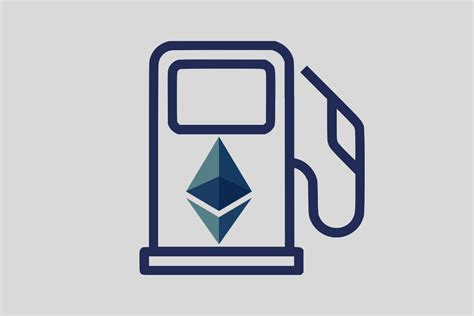How are fees determined in the Lightning Network?
The Lightning Network (LN) is an open-source, decentralized payment system that enables fast and low-cost cross-chain transactions between different blockchains. To facilitate these transactions, the network relies on a complex mechanism for managing fees, which can be high for high-value transactions. In this article, we will learn how fees are determined in the Lightning Network.
The role of node memory pools
Node memory pools are collections of nodes that store and relay transactions between different blockchains. Each node has its own memory pool, where it holds a portion of the transactions waiting to be processed or relayed. Memory pools serve as a FIFO (first-in, first-out) queue, ensuring that all pending transactions are processed in the order in which they were received.
The Fee Mechanism
To determine fees for Lightning Network transactions, nodes use an algorithmic approach based on the following factors:
- Transaction Count
: The number of transactions relayed or sent to the node.
- Transaction Value: The value of each individual transaction.
- Node Load: The current load and usage of the node’s memory and processing power.
- Node Capacity: The maximum capacity of the node, which determines its ability to process transactions.
The Algorithm

The algorithm used to calculate fees is based on a simple linear pricing model:
- For every 10 million units of currency (e.g., Ether), each transaction incurs an additional fee equal to 1 unit.
- If a node has enough capacity and load, it can handle more transactions without exhausting its memory pool. In this case, the node collects the fees collected on subsequent transactions.
Example
Suppose we have a node with 100,000 units of Ether in its mempool and a total of 10 million units of currency. The algorithm would calculate the fees for each transaction as follows:
- For the 9.99 million units (i.e. 999,900 transactions), the fee is 1 unit per transaction.
- For the remaining 0.01 million units (i.e. 100,000 transactions), the fee is 1/10 of a unit per transaction.
In this example, the node earns approximately $9.99 for each first-class transaction and $1 for each second-class transaction.
Conclusion
The Lightning Network fee mechanism is designed to ensure fair and efficient transmission of funds between different blockchains. By calculating fees based on factors such as transaction count, value, load, and capacity, nodes can optimize the use of their memory pool and minimize the financial burden associated with high-value transactions. While this algorithmic approach may seem complex, it ensures that all network participants have a fair chance to participate in cross-chain transactions at reasonable costs.
